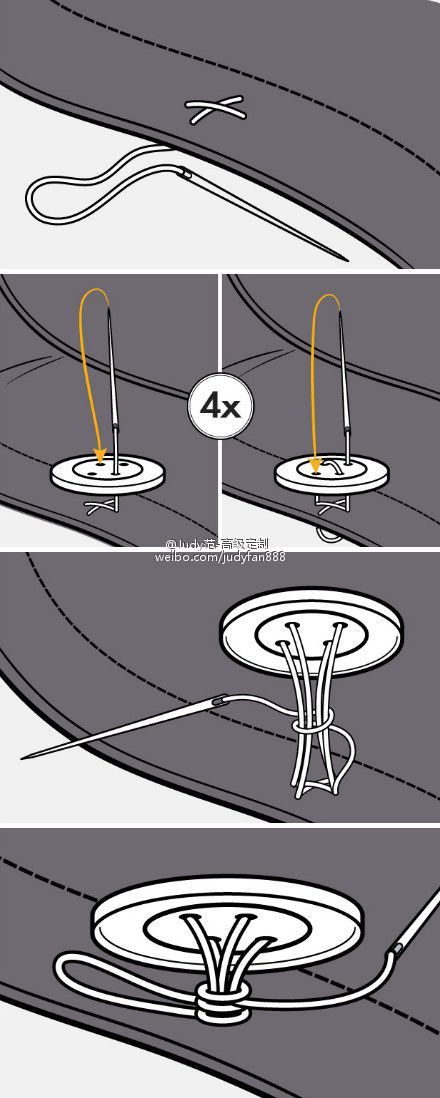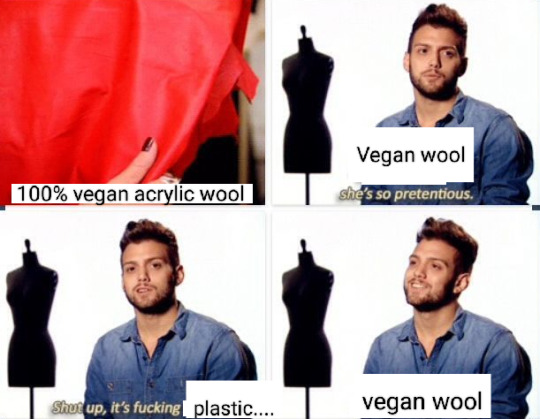This is where i will document my leaning to make yarn and things I make with said yarn.
Don't wanna be here? Send us removal request.
Text
It's been a long time since I felt like knitting, let alone knitting socks, but last week I started stress knitting and now I have two finished socks and started a third 😂

They're part of my "Pairless socks" project. I am very much not neurotypical, and I have some Opinions™ about socks. The biggest two are: I can't wear socks that feel different to each other and I also absolutely loathe trying to hunt down the pairs after washing.
I realized that since I can wear wool socks without "normal socks" if they're snug enough and I don't care if the socks look the same, the answer to both of those issues is to make a sock pattern specifically for my own feet and then just never make two socks look the same :D I'm not exactly sure how many I have made, but I think it's close to 15 socks at this point.
217 notes
·
View notes
Text


How the 4-layer fabric works!
7 minutes, loom noises + voiceover. Subtitled version available here on YouTube (manually transcribed, automatically formatted/timed). Skip to 2:58 for explanation-during-weaving if you want to skip explanation-by-itself.
267 notes
·
View notes
Text

This is in a public library
I got like an inch and a half done over like 10 minutes
It was so fun


587 notes
·
View notes
Text
Some spins on the "mostly male team with a token woman" trope:
The woman is trans and stayed in her old circle of bros even after transition
The woman is the only one in her circle of "girls" who didn't turn out to be a trans man
183K notes
·
View notes
Text
Hey fiber friends. I’ve got a question that I’m throwing out into the void.
I’m flying on a plane soon and I want to bring a drop spindle to use on the trip.
Anyone know if tsa doesn’t allow, drop spindles, or roving.
0 notes
Photo

It’s never too late to learn the right way to do things: button sewing technique via imgur → more…
234K notes
·
View notes
Text
I got wool roving
I think the more difficult part would be explaining deliveries 
21K notes
·
View notes
Text
Billy: I turned into my kid form again so the gods can’t communicate with me and I don’t have to hear Solomon nagging me to eat healthier
Tawny: *on his way to go nag billy about eating healthier*
541 notes
·
View notes
Text

hobie: kill yourself
pavitr: WHAT THE HELL BRO WHAT DID I DO
original format from @ha-youwish in this post!
77K notes
·
View notes
Text



Obtained a spinning wheel second hand and immediately has to decorate it 🖤
153 notes
·
View notes
Text
“Europeans live longer because they eat FRESH FOOD!!!!” Bitch, they live on cigarettes. They live longer because they have universal healthcare. I’m convinced America is obsessed with inventing things that are killing us so you don’t have to face the actual problems.
48K notes
·
View notes
Text
Happy Pride Month!
Not as big as a pride collection as I would’ve liked this year, been struggling a bit in terms of the everlooming threat of us moving house at some point, chronic fatigue and mental health flare ups, and a few slow months income wise. But I had to have something! It’s pride!


Trans Pride on Whiteface Woodland and Queer Pride on Shetland
And a bonus not-quite-pride colourway, because I tried to create a rainbow in an interesting way (twisted skein dyeing into yellow, magenta and cyan) which actually resulted in this

This one is on a Polwarth DK base
Plus! I still have a few skeins of Pride Parade from last years collection

86 notes
·
View notes
Text








A lovely weekend at Dorset’s Ancient Technology Centre for a fantastic Heritage Textiles course hosted by Castle Hill Heritage! We looked at textiles and their production methods from the Palaeolithic to the Industrial Revolution!
297 notes
·
View notes
Text
My fish army. I need you.
If you are a fanfiction author who posts to AO3. Your work has probably been scraped into these datasets.
Send them a copyright takedown notice if you think your work is in this. Escalate to a DMCA report if you need to: https://www.copyright.gov/512/sample-notice.pdf (and send it to: [email protected])
Make sure to grab all your work IDs from Ao3.
Restrict your work to the archive.
Glaze your art.
So many of us are affected. You aren't alone. Maybe together we can take down this theft.
5K notes
·
View notes
Text



Got a comment asking about the leaf bolero patterns, and I know nothing about pattern grading and have no intention of making patterns to sell, so the best I can do is show them on an inch grid. (I actually made two pieces for the second and third patterns because I wanted the backs to be asymmetrical, but the fronts are the same.)
I still think the best way to do them is the way I did it in the video though - cut down a pattern that already fits your torso, tape the shoulders shut, and draw the serrations on the mockup while you're wearing it. Then draw on the veins, tape the side seam shut, and cut a new side seam along a vein.
637 notes
·
View notes
Text


I haven’t been able to get the full video but we just celebrated one of our steam locomotives turning 145 by chucking a chocolate cake into her firebox
360K notes
·
View notes

